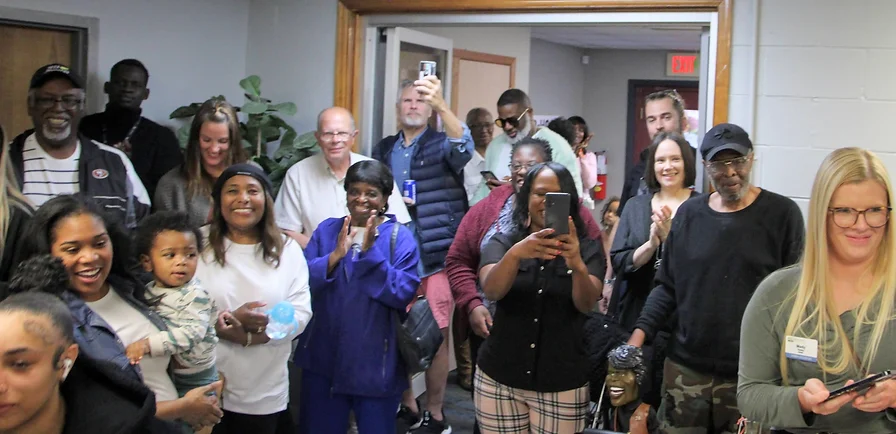ORIGINAL Blog inset template
The Rodish Family
They were hardy young men who came from the rocky mountainous region of Lika, Croatia. Their ancestors lived in Serbia as early as 700 years ago. In the 14th century, the Ottoman-Turks invaded Serbia driving many Serbs and the Radocaj family further and further from their homeland. Settling in Croatia, the family served as border guards and watchmen of sorts to stave off advancement of the Ottomans into Hungary and Austria. After the fall of the Ottoman Empire, the Austro-Hungarian Empire allowed the Serbs to settle in the lands they had protected. They were finally able to put away the ways of war. Centuries of upheaval and war left its’ mark on the people. They never forgot the lives lost in battle. To this day, they sing of the valor and the blood shed by so many Serbs over the centuries to secure freedom and the protection of their Serbian Orthodox faith from Islamic rule of the Ottoman-Turks.
The family set down permanent roots in the small village of Krcana located near the market town of Udbina in the region of Lika, Croatia (see map). They farmed a small plot of land. The soil was rocky, but yielded to the calloused hands of the Serb farmer. Jobs were scarce, so most young men had to labor hard in the fields to help their families raise food for the table and sheep for milk and cheese. When the sheep were sheared, the women spun the wool into yarn making clothing, rugs and other items for the home and for barter or sale. Living in the mountains, they had to be self sufficient. Their income and living conditions were meager, but their hearts were full. They shared what they had with each other and they celebrated the harvest and religious holidays with food, festivities, music and dance.

The Story of the Joe Rodish & Ray Rodish Families of Valley Junction


When word of growing immigration to America as a land of opportunity reached the village of Krcana, the Radocaj boys left the village. One by one, they made their way down the mountains to Germany, some likely to France where they found work to earn enough money for their passage to America. Ray departed the port of Le Havre, France to sail to America.
Joe left home first immigrating to America in 1904. He was married, but left his wife, Mary, behind to join him later in America. Ray immigrated in 1911 at the age of 17. Other brothers came for a short time, but returned to the family in Krcana.
Each of the brothers arrived through Ellis Island, New York. Joe first settled in Chicago where there were a large number of Serbian immigrants also working in the steel mills. He likely boarded with other Serbs until Mary arrived and they started their family. Census records later show them living in an immigrant neighborhood of South Chicago near the rail yards. Later they moved to the Earlham, IA area where there was work in the mines, a rock quarry and cement plant.
Ray joined brother Joe in Earlham, IA in 1911. Records show him working for a rock quarry. A few years later, Ray wished to marry and set about trying to find a Serbian bride. In 1914, he wrote to his brother, Arsa, back home and asked him to find a young Serbian woman willing to come to America to marry him. Arsa picked Duka Popovich, the prettiest girl in the area to ask. Duka remembered Ray and agreed to make the journey. Only 18 years old and speaking no English, Duka faced the hardship of sailing for 8 days alone in Steerage without privacy or any comforts. Arsa paid for Duka’s passage and gave her $25.00 for her needs at sea and transportation from New York to meet Ray. Duka landed in Ellis Island, New York and was placed on a train with a note pinned to her coat, “Destination – Earlham, Iowa.” Conductors along the way must have looked out for her and other immigrants on the train.
The train arrived, but Ray was getting cold feet. He didn’t remember Duka and he was nervous about whether he would really want to marry her. So, he sent Uncle Slim Radocaj (no relation) to the train station to pick her up and check her out. Slim reported to Ray that he had just two minutes to decide, because he would marry her himself if Ray would not. That was enough for Ray. Ray and Duka were married for 52 years.
Curation & Preservation • Community Building • Cultural Education

Gallery & Museum Hours
Tuesday – Thursday
10:00AM to 3:00PM
Spread the word
We love it when you like and share our posts! Please help us get the word out.


